Examples of Artificial Intelligence
Several examples of artificial intelligence already feature in our daily lives. Self-driving and self-parking vehicles are AI examples that use deep learning to “recognize” the spaces around the machine, with technologies that enable them to navigate a nearly infinite range of possible driving scenarios. Current AI technology is deployed in cars made by Toyota, Mercedes-Benz, Audi, Volvo, and Tesla.
 Digital assistants like Apple’s Siri, Google Now, Amazon’s Alexa, and Microsoft’s Cortana are artificial intelligence examples that have permeated the consumer market. These apps learn from interaction with their users, allowing them to improve their recognition of speech patterns, and to serve up suggestions and options based on a user’s personal preferences. The systems can perform a range of tasks, including scheduling, web searches, and transmitting commands to other apps.
Digital assistants like Apple’s Siri, Google Now, Amazon’s Alexa, and Microsoft’s Cortana are artificial intelligence examples that have permeated the consumer market. These apps learn from interaction with their users, allowing them to improve their recognition of speech patterns, and to serve up suggestions and options based on a user’s personal preferences. The systems can perform a range of tasks, including scheduling, web searches, and transmitting commands to other apps.
Mention “examples of AI,” and robots are usually one of the first things that spring to mind. Industrial robots of all sizes are currently working alongside humans in production and research environments, performing repetitive or highly intricate tasks that would otherwise be prone to human error. On their own, AI-powered robots are able to work in environments that are hazardous to human health.
Artificial intelligence applications in communications and social media are now quite common. The spam filters that keep unwanted messages out of your email or messaging inbox use simple rules or algorithms to flag keywords and phrases. Gmail uses a similar approach to categorize your email messages into primary, social, and promotion. Platforms like Facebook and Pinterest are using technologies like facial recognition and computer vision to personalize your newsfeed and make content recommendations.
How is AI used in other areas? One of the industries that most benefit from artificial intelligence is the finance sector. AI is used to create systems that can learn what types of transactions are fraudulent. Some financial AI systems use machine learning to assess a customer’s creditworthiness and help banks and financial institutions determine if they are likely to honor the terms of a loan.
Future of Artificial Intelligence
Artificial intelligence has been the driving force behind emerging technologies like big data analytics, robotic process automation, and IoT, and the future of AI will likely see continued development in all of these areas. An evolutionary cycle that began with knowledge engineering progressed to model and algorithm-based machine learning and is now shifting its focus to perception, reasoning, and generalization will put AI at the center of much of the world’s technological innovation in the years to come.
All sectors of the economy will be influenced by this artificial intelligence future. Though autonomous vehicles are in their early stages of development, AI in the future could potentially replace our current transport systems with a new convention that integrates self-driving vehicles with smart city and traffic planning. In fields like manufacturing and healthcare, we can expect advances on the current state of affairs, in which AI-powered robots are working alongside humans to perform a limited range of tasks. Virtual modeling and big data analytics are mapping out new production processes, treatment regimes, and the creation of new products and organizations are creating more personalized and focused experiences for consumers and patients.
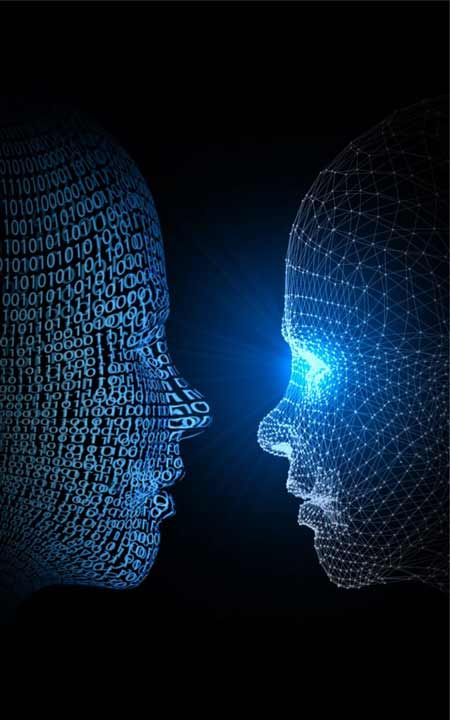 The future of AI in education will see an expanded role at the level of formal institutions, where early-stage virtual tutors are already assisting human instructors, and facial analysis algorithms are assessing the emotions of students as they learn in real-time. As AI takes over an increasing range of tasks in the workplace, there will be a need for increased investments in education to retrain people for new jobs.
The future of AI in education will see an expanded role at the level of formal institutions, where early-stage virtual tutors are already assisting human instructors, and facial analysis algorithms are assessing the emotions of students as they learn in real-time. As AI takes over an increasing range of tasks in the workplace, there will be a need for increased investments in education to retrain people for new jobs.
The future of artificial intelligence technology in the near term is likely to be influenced by current explorations in two areas: reinforcement learning and generative adversarial networks (GAN).
Reinforcement learning takes a reward or punishment approach to training systems, rather than relying on labeled data. Google DeepMind’s Alpha Go Zero (the system that defeated a reigning Go champion) operates on this principle.
Generative adversarial networks (GAN) pit two neural nets in opposition to each other as a way to allow computer algorithms to create, rather than simply assess data. Systems that can generate original images and audio based on learning about a certain subject or a particular type of music are early examples of this technology.
At a larger scale, our AI future will hopefully see the technology adopting a greater role in promoting sustainability, and dealing with climate change and other environmental issues. Evolving IoT technologies and increasingly sophisticated sensors could enable planners to set policies and rules limiting congestion, pollution, and other factors, with greater focus and accuracy.
Ultimately, how artificial intelligence will change the future depends on the attitude and will of the governments and technologists who develop and use it. If ethics and social awareness are factored into the programming and development of AI systems and applications, dystopian visions of a world enslaved by killer machines won’t necessarily be our future.





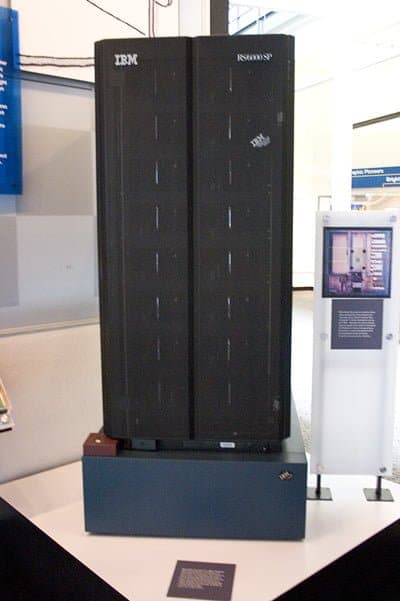

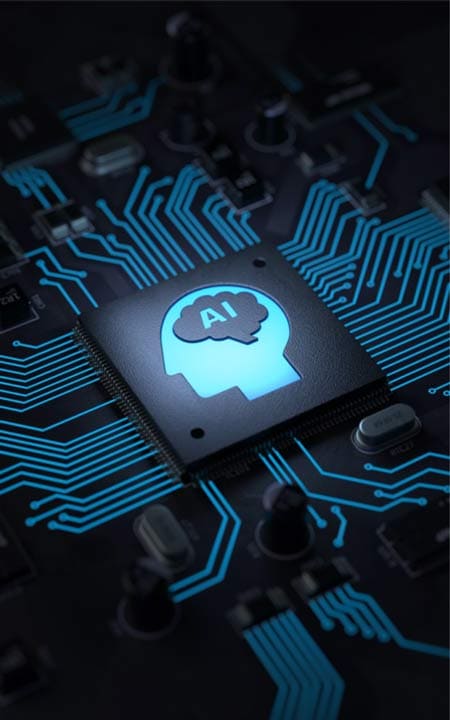 These are the characteristics that must underlie an artificial intelligence. How it works from a developer’s perspective is through the reverse-engineering of human traits and capabilities into a machine. And how AI works in fulfilling this requires a diverse set of components fusing together several disciplines, including mathematics,
These are the characteristics that must underlie an artificial intelligence. How it works from a developer’s perspective is through the reverse-engineering of human traits and capabilities into a machine. And how AI works in fulfilling this requires a diverse set of components fusing together several disciplines, including mathematics, 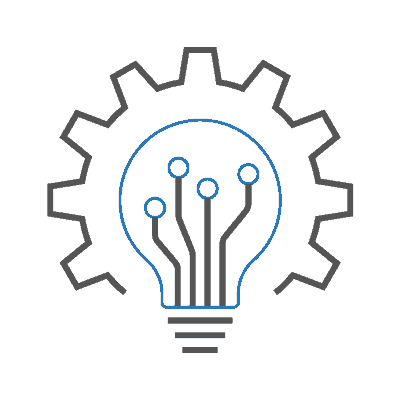



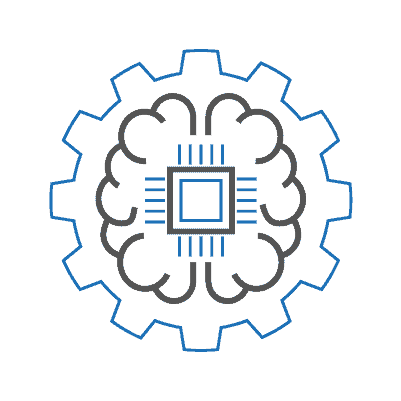
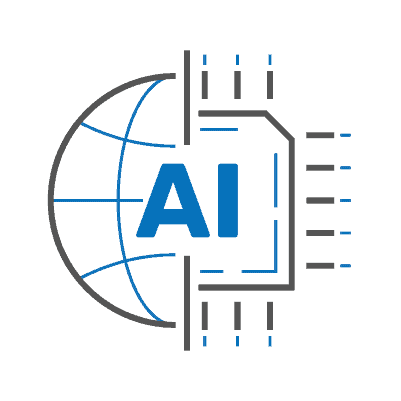
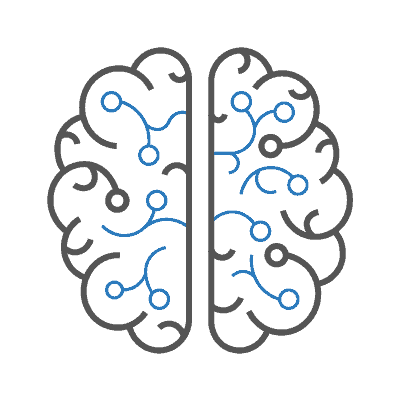

 However, one of the advantages of artificial intelligence that’s often overlooked in this argument is the potential it holds for
However, one of the advantages of artificial intelligence that’s often overlooked in this argument is the potential it holds for 
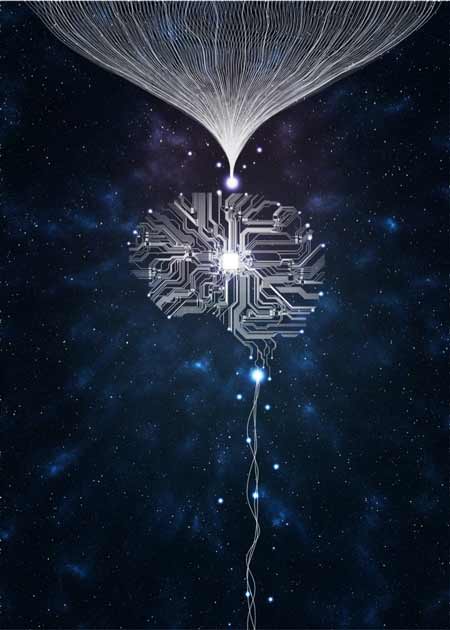 Among the disadvantages of artificial intelligence in its current form is the lack of bonding and human connection that could make the technology an integral part of a team. As such, until AI systems can gain a greater degree of “personality” (through natural language response, friendlier interfaces, etc.), there will be a tendency for humans to work around, rather than with, the technology.
Among the disadvantages of artificial intelligence in its current form is the lack of bonding and human connection that could make the technology an integral part of a team. As such, until AI systems can gain a greater degree of “personality” (through natural language response, friendlier interfaces, etc.), there will be a tendency for humans to work around, rather than with, the technology. Digital assistants like Apple’s Siri, Google Now, Amazon’s Alexa, and Microsoft’s Cortana are artificial intelligence examples that have permeated the consumer market. These apps learn from interaction with their users, allowing them to improve their
Digital assistants like Apple’s Siri, Google Now, Amazon’s Alexa, and Microsoft’s Cortana are artificial intelligence examples that have permeated the consumer market. These apps learn from interaction with their users, allowing them to improve their  The future of AI in education will see an expanded role at the level of formal institutions, where early-stage virtual tutors are already assisting human instructors, and facial analysis algorithms are assessing the emotions of students as they learn in real-time. As AI takes over an increasing range of tasks in the workplace, there will be a need for increased investments in education to retrain people for new jobs.
The future of AI in education will see an expanded role at the level of formal institutions, where early-stage virtual tutors are already assisting human instructors, and facial analysis algorithms are assessing the emotions of students as they learn in real-time. As AI takes over an increasing range of tasks in the workplace, there will be a need for increased investments in education to retrain people for new jobs.